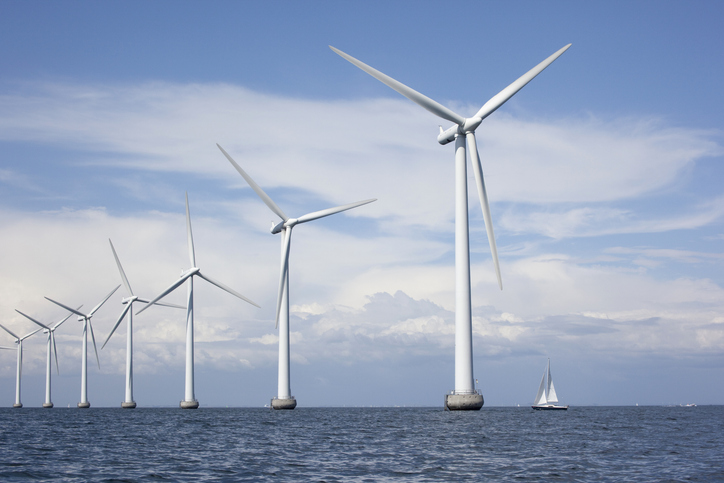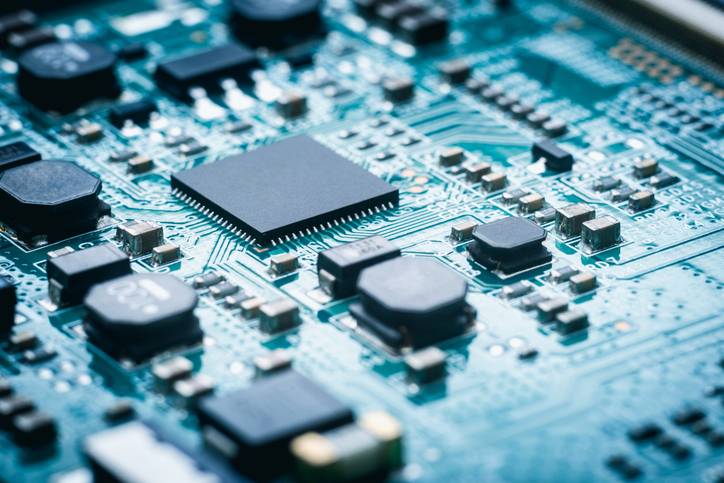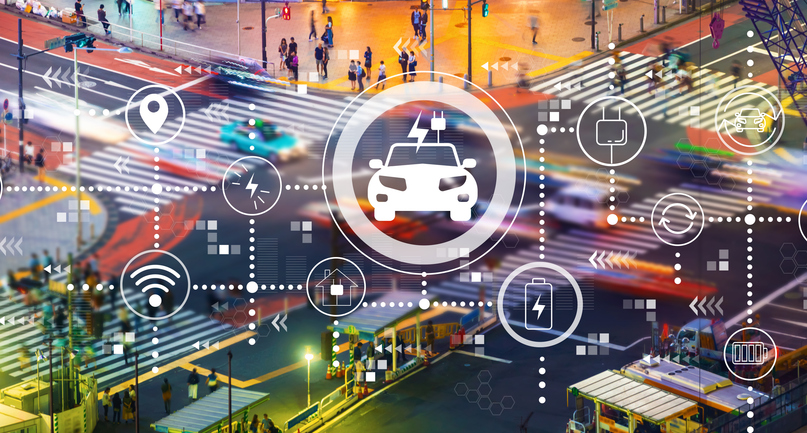Integrating the Skies for 6G
Space-Air-Ground Integrated Network (SAGIN) has emerged as a comprehensive solution to address the increasing demand for ubiquitous and resilient communication networks. This architecture is particularly relevant for extending coverage in remote and traditionally underserved areas beyond the scope of conventional ground-based networks.
AgeTech: Supporting Safe Driving for Older Adults
The automobile is considered essential for transportation in most Western countries. Numerous studies indicate that driving ability declines as people age, especially after 80, leading to increased crash rates and poorer performance on driving tests.
Perspectives Concerning Floating Wind Turbines
Floating wind farms have the potential to significantly increase the sea area available for offshore wind farms, especially in countries with limited shallow waters. Locating wind farms further offshore can also reduce visual pollution, provide better accommodation for fishing and shipping lanes, and reach stronger and more consistent winds.
Temperature Sensing Elements for Harsh Environments
Accurate temperature sensing is crucial for numerous applications, from consumer electronics to industrial fields. While traditional temperature sensors, such as thermocouples, thermistors, and resistive temperature detectors (RTDs), are accurate and reliable, they are relatively large in dimension. These bulky sensors are unsuitable when a measurement system needs to be highly integrated and miniaturized.
The Benefits of Brain-Inspired Computing
Brain-inspired computing (BIC) is an emerging research field that aims to build fundamental theories, models, hardware architectures, and application systems toward more general artificial intelligence (AI) by learning from the information processing mechanisms of biological nervous systems. It is regarded as one of the most promising research directions for future intelligent computing in the post-Moore era.
Recent Advances in Graphene Pressure Sensor Technology
Graphene and its derivatives, with their unique mechanical and electrical properties, are promising materials for developing high-performance pressure sensors. These sensors hold the potential to revolutionize industrial, healthcare, consumer electronics, and automotive safety applications, ushering in a new era of sensor technology.
New Directions in Vehicle Communications
Recently, the research community's focus has shifted to new directions in 5G and 6G wireless networks. This shift, driven by advances in the automotive industry and the growing demand for Connected and Autonomous Vehicles (CAVs), is ushering in a new era of networked wireless systems. The promise of CAVs to deliver safer travel, reduced pollution, and optimized solutions is a compelling driver for this transformation.
Reaching Toward the Metaverse
The advent of the Metaverse concept has expedited the evolution of haptic, tactile internet, and multimedia applications with their VR/AR/XR services. Fully immersive sensing is likely to define the next generation of wireless networks as a key to realizing the vision of the Metaverse. The potential economic impact of the Metaverse is significant, with the total market projected to reach between US$8-13 trillion by 2030. Furthermore, Gartner predicts that 25% of people will spend at least one hour daily on the Metaverse platform for personal and professional purposes.
Advances in Cancer Detection
Breast cancer represents 12.5% of all newly diagnosed cancer cases globally, establishing it as the most prevalent form of cancer worldwide. It accounts for around 30% of all newly diagnosed female cancers in the United States.
Fueling the Fourth Industrial Revolution
The Fourth Industrial Revolution is upon us, and IEEE is leading the way. Learn more about key technologies that will change the way we live in this new era and how IEEE research is fostering innovation and education in these fields.













